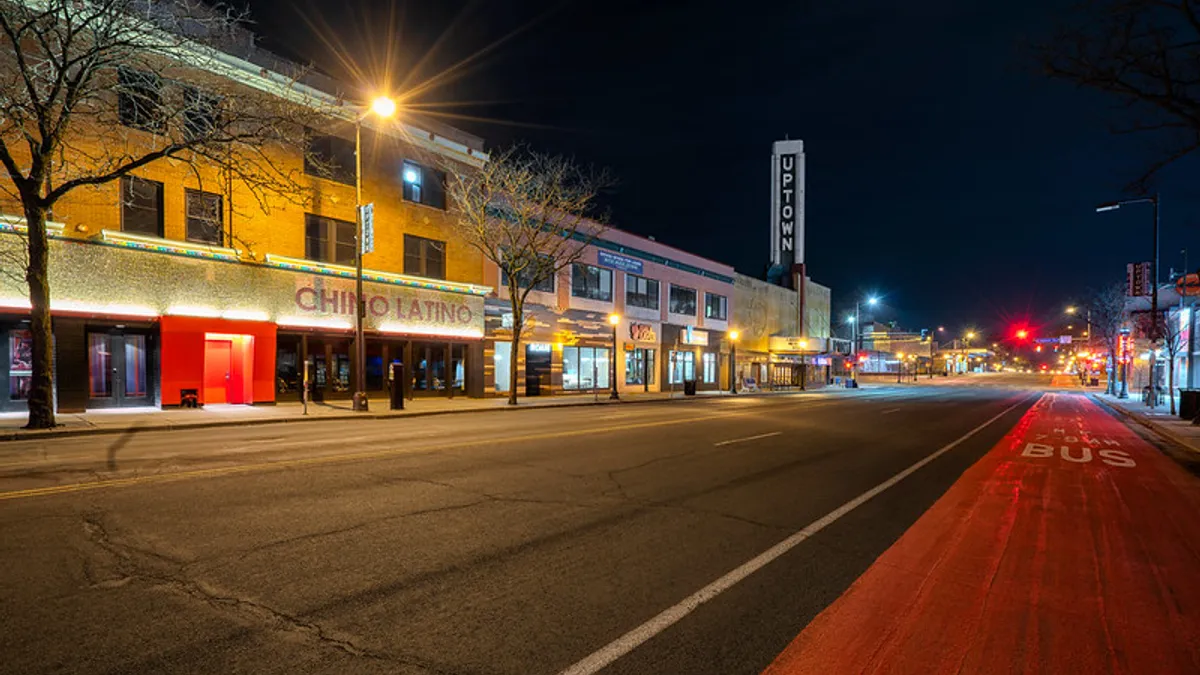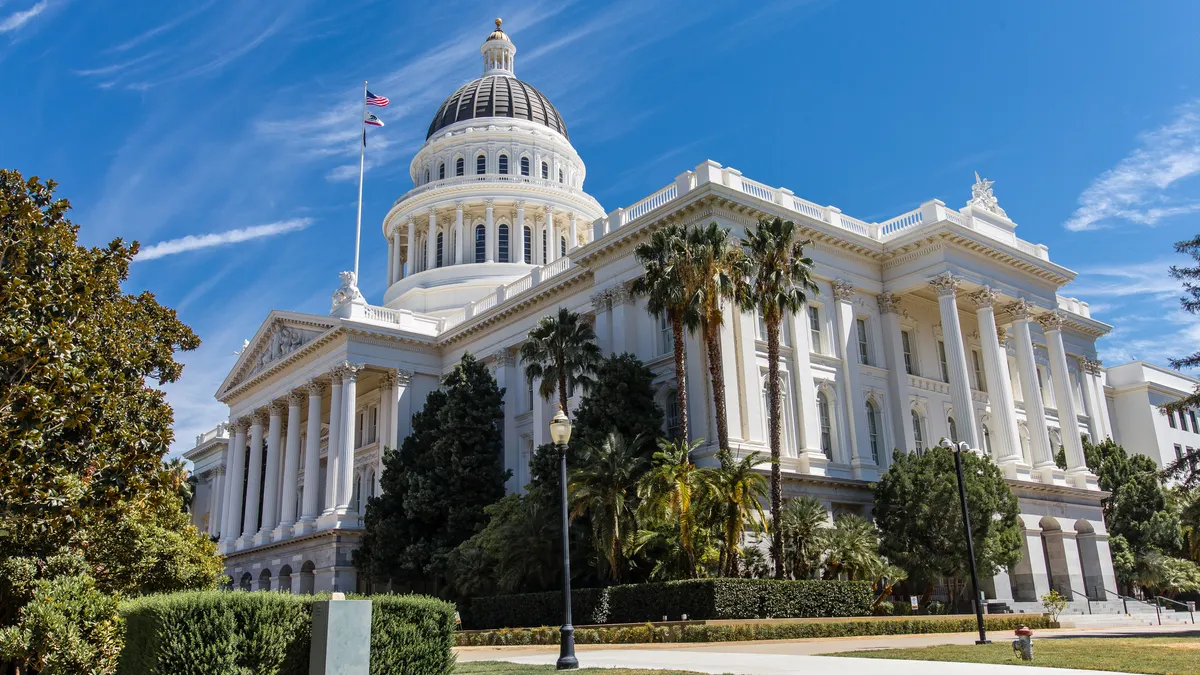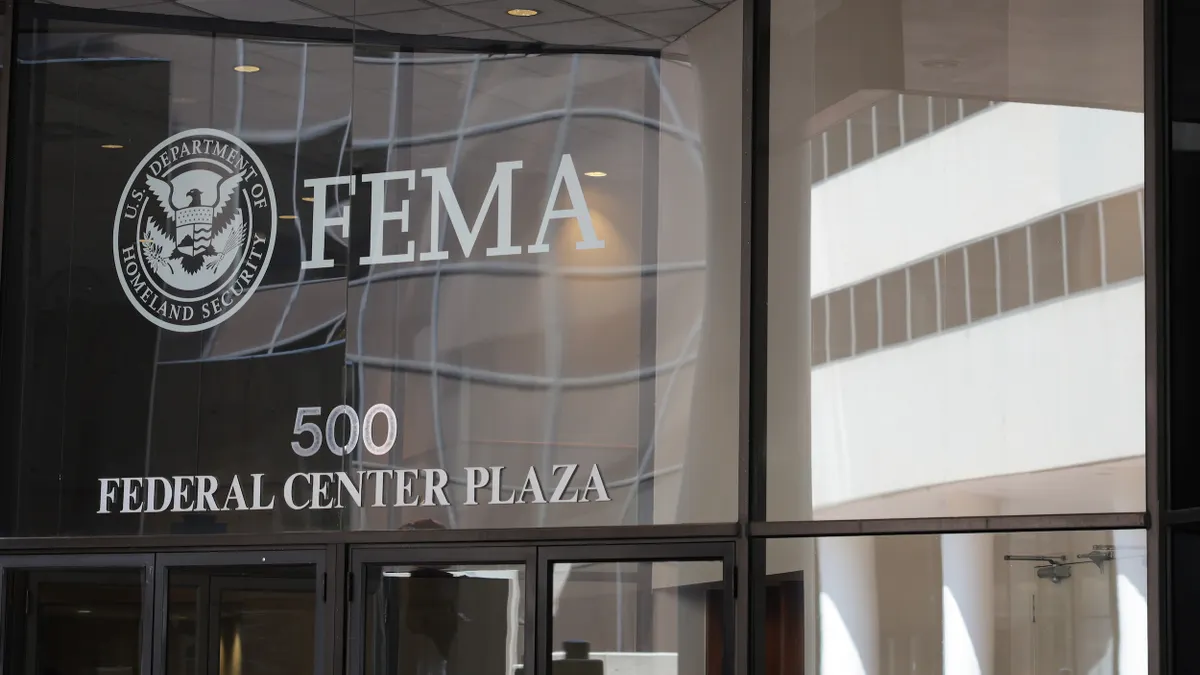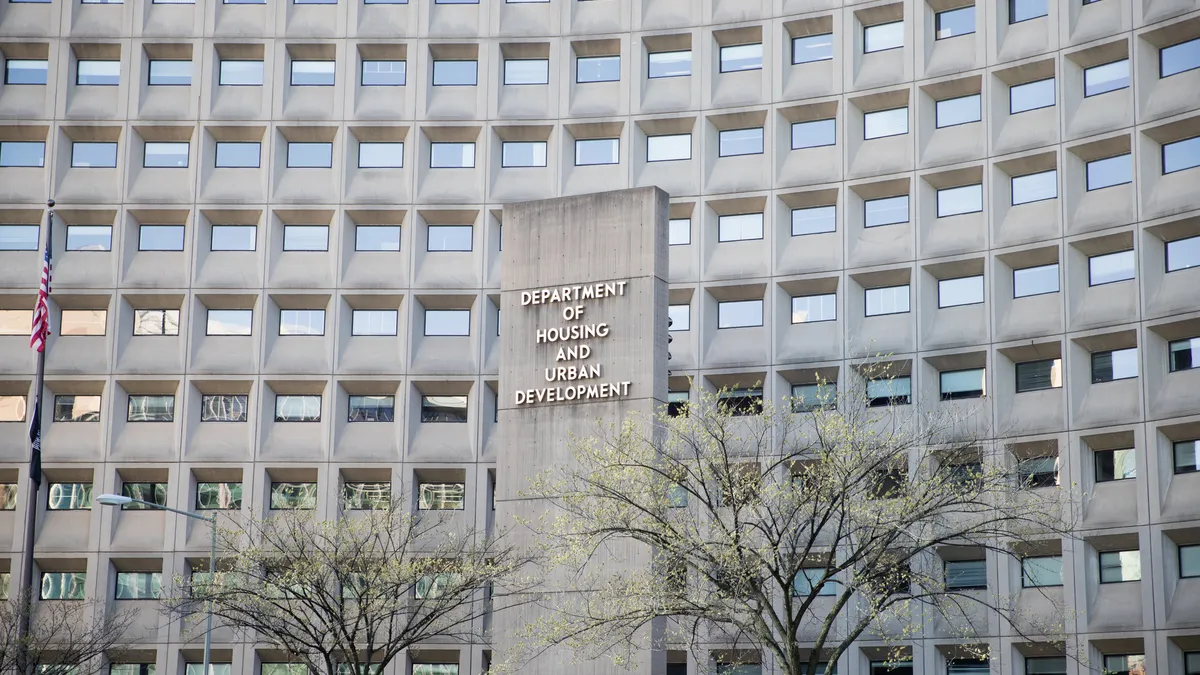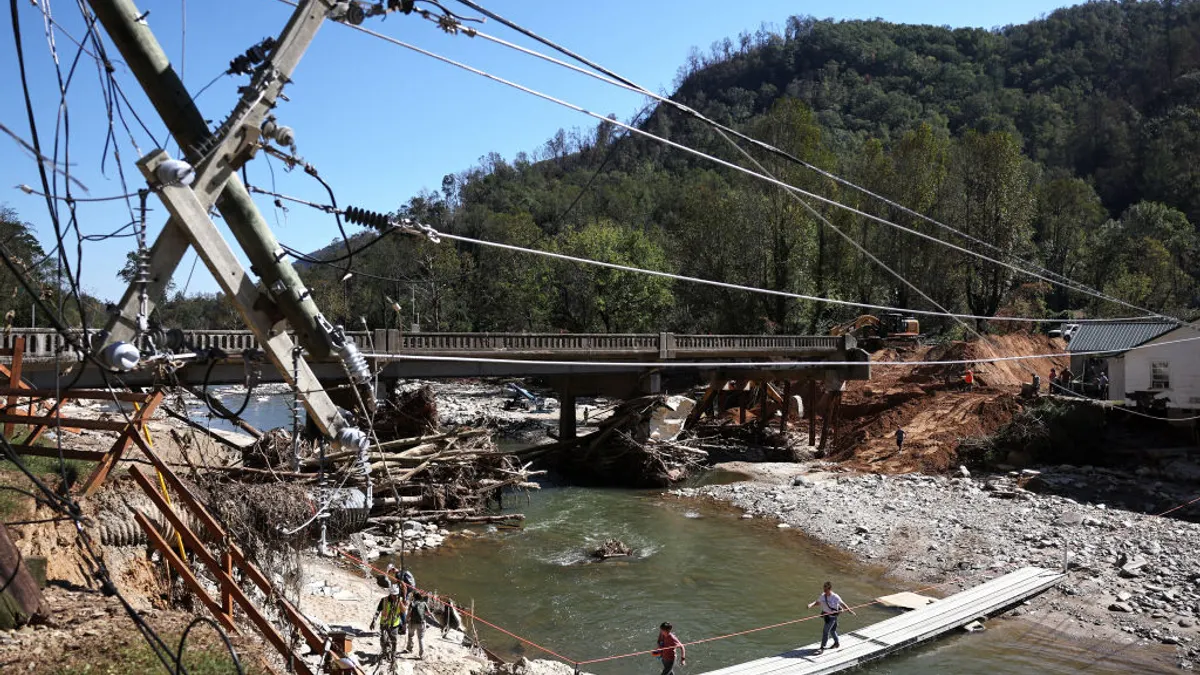Editor's Note: The following is a guest post from parametric design lead Jason King and computational design lead Evangelos Pantazis of IBI Group.
The coronavirus (COVID-19) pandemic has upended the operations of cities across the world. While disaster and resilience planning is nothing new to governments, there are typically historical events to inform the response to a disaster, be it a fire, flood or earthquake. This was not the case with COVID-19.
Despite viral outbreaks that have plagued communities in decades past, the global scale and the upheaval of everyday life due to COVID-19 is without precedent. Pre-pandemic plans made by cities, businesses, educational facilities, transit agencies and other groups must be completely reconceived to add new attention to resilience — and this must be done quickly.
But how can governments adjust such plans in times of flux and uncertainty?
Generally speaking, the planning process needs to look for lessons learned in the past to make informed decisions about the future. Depending on the nature of the planning, the timespan from "past to future" can be decades. In the case of COVID-19, however, we are learning about the virus in real time. We do not have decades or even years of precedents to formulate a response. Therefore, pandemic planning processes must be agile with the ability to incorporate continuous uncertainty and change.
Parametric models
The parametric modeling process — which can include the custom development of tools to assist the design of buildings, the planning of transit system and land use plans — enables the efficient use of large datasets and the correlation of variables to approach flexible planning. This unlocks many "what ifs" for a wide range of problems across multiple scales.
We are spending much of our time today building parametric models to support cities as they respond to the COVID-19 crisis. While there are time and phasing components in the models, fundamentally we are investigating a vast range of spatial and operational variables to answer the questions of how cities can effectively respond to the crisis through the delivery of critical municipal-level services, such as healthcare, schools and transit.
Case study: The Los Angeles County healthcare system
To illustrate these ideas, let's look at a parametric model built in April for Los Angeles County's healthcare system.
The model was developed to address critical operational challenges regarding county hospitals' COVID-19 preparation and their capacity to provide needed care on both individual and systemic levels. The model centered on a key question: If a hospital – or potentially the entire system – goes over capacity, where can we potentially open new temporary facilities and what do we need to do to prepare them to bring in patients and save lives?
The model used geospatial data for every hospital in Los Angeles, including information about beds, staffing and equipment, as well as the locations of high school gymnasiums for potential temporary care facilities. Using available public health data, the model projected potential infection counts by neighborhood, associating a percentage of the infections with hospitals within a given geographic radius. The model also allowed the testing of unlimited scenarios, including best and worst cases.
If any hospital were to fill to capacity in the model, it would automatically redistribute patients to nearby hospitals. If all hospitals were filled, the model would find the most efficient high school gymnasiums to convert to care facilities, and would issue an alert as to when the physical conversion would need to begin in order to be ready to receive patients.
What this showed us was that even in the simulated worst-case scenarios, the Los Angeles County healthcare system had the capacity to provide COVID-19 care for anyone who may need it — a finding that has thus far proven to be true.
Holistic modeling approach
This critical example highlights the need for public health and government officials to adopt a holistic approach to developing COVID-19 response plans. Such officials must be able to access centralized data in order to develop reliable parametric models to inform evidence-based decisions around the delivery of critical healthcare and other essential public services.
Another important piece of the COVID-19 parametric modeling puzzle is figuring out how to ensure safe physical distancing protocols are met within the spaces to which people are returning as local economies reopen. To address this, evolutionary algorithms can be constructed to ensure spaces are optimized for maximum capacity. Though protocols often have a common baseline to adhere to six feet of physical distancing, the way we use space varies widely, therefore each algorithm needs to be written specific to the type of use, such as for offices, schools, hospitals and performing arts centers.
The movement of students who have returned to schools in districts across America is one such area that can be addressed and made safer through a parametric modeling approach that can simulate such key variables as the movement of students and teachers through hallways, common areas and classrooms and propose options for space allocation, static or dynamic student pods, teacher assignments and more.
Meanwhile, most stadiums, arenas and performing arts centers are still closed to patrons, but when they do start inviting people back into the seats as the pandemic eases, it will likely be a careful, staged approach that should take into consideration such health safety variables as the number of people allowed to sit in specified sections, optimized visitor routing from parking lots and transit points to the entrances, seats, food service and concession areas and washrooms.
Parametric modeling can analyze and simulate countless iterations of solutions to develop workable plans that can be applied and adjusted as needed.
Data-driven parametric modeling can provide vital information for decision makers in this time of uncertainty. The ability to quickly and efficiently model and make sense of a nearly unlimited number of flexible and fluid scenarios using computer-based processing power is a crucial element in ensuring pandemic-driven solutions are resilient, appropriate and optimal.


